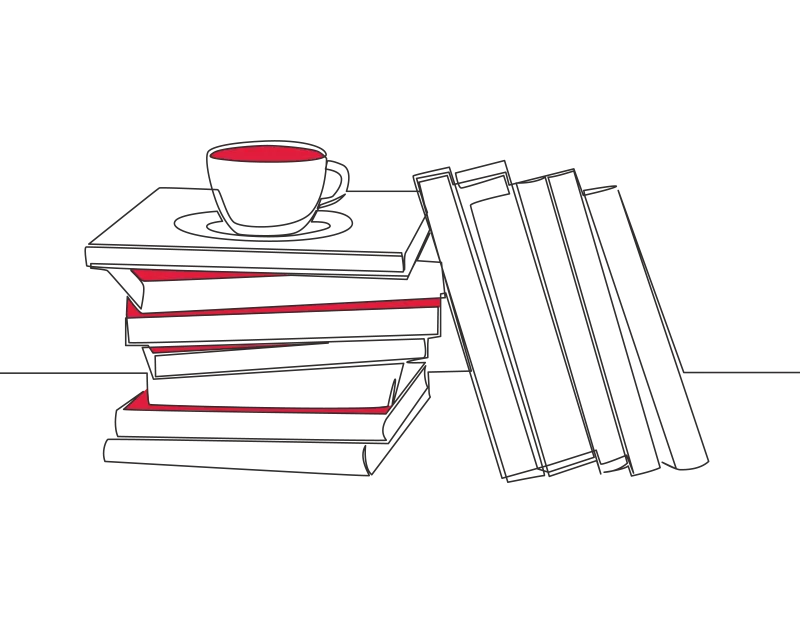The capital expenditure of a business is not deducted when arriving at the taxable profit. Instead tax relief is given in the form of Capital Allowances which have to be claimed. These provide a tax incentive to invest in qualifying plant and machinery.
Capital Allowances - Relief for Business Investment


Qualifying plant and machinery includes equipment, machinery and business vehicles. Certain qualifying items can however be missed, especially where they are property related and ambience is of importance to the trade.
Do you need help with Capital Allowances – Relief for Business Investment?
We have the expertise to give you the advice that you need to make smart choices for the future.
Get in touch and see what we can do for you.

The types of allowances available include:
Super-deduction
From 1 April 2021 until 31 March 2023, companies investing in qualifying new plant and machinery assets were able to claim:
- a 130% super-deduction capital allowance on qualifying plant and machinery investments
- a 50% first-year allowance for qualifying special rate asset
Annual Investment Allowance (AIA):
100% relief for capital expenditure – subject to certain exclusions, notably cars (see below)
- £50,000 from April 2008
- £100,000 from April 2010
- £25,000 from April 2012
- £250,000 from January 2013
- £500,000 from April 2014
- £200,000 from January 2016
- £1,000,000 from January 2019 till (permanently)
The AIA is pro-rated for long or short accounting periods.
Restrictions mean that groups of companies and, in certain circumstances, those under common control are entitled to a single AIA and so have to decide upon the allocation of the allowance between themselves.
Mixed partnerships (composed of both individuals and companies) do not get an AIA.
100% First Year Allowance: (On or after 1 April 2023 but before 1 April 1 April 2026)
In addition to the AIA 100% relief is available on the following capital expenditure regardless of the length of the chargeable period:
Many FYA’s are restricted to expenditure within a specific period e.g expenditure incurred on:
- Most new plant and machinery from1 April 2021 to 31 March 2023 for companies (See also super deduction above)
- new and unused cars with low CO2 emissions (specifically defined, before 1 April 2021.
- Zero emission goods vehicles (before 1 April 2025 for CT and 6 April 2025 for IT)
- Electric charge-point equipment (before 1 April 2023 for CT and 6 April 2023 for IT)
- Natural gas/hydrogen refuelling equipment (before 1 April 2025)
- Plant and machinery for use in a freeport (Companies only)
- Plant and machinery for use within enterprise zones (Trading companies later of 31 March 2021 or 8 years from the date zone is so designated).
Subject to what is said above, FYA’s cannot be claimed
- for the chargeable period the trade ceases;
- on transactions between connected persons;
- on assets used for other purposes before being brought into the trade;
- on assets acquired as a gift;
- on assets for letting or hire;
- on cars (except certain low emission cars as above) and taxis.
Plant and Machinery Writing Down Allowances (WDA):
WDA’s are given on a reducing balance basis
The WDA is proportionally reduced for accounting periods of less than 12 months in companies.
For individuals it is proportionally reduced or increased if the period is less than or more than 12 months.
There are two rates:
- Main Rate – 18%
- Special Rate – 6%
The Special Rate applies to Integral Features (see below), long-life assets, thermal insulation of buildings, cars that are not “main rate” cars (see below) and solar panels.
The Main Rate applies to everything else.
Integral Features:
Integral features are:
- an electrical system (including a lighting system),
- a cold water system,
- a space or water heating system,
- a powered system of ventilation,
- air cooling or air purification, and any floor or ceiling comprised in such a system,
- a lift, an escalator, or a moving walkway,
- external solar shading.
Short life assets:
Rather than treating an asset as part of a general pool, assets with an expected life of under 8 years can be recorded and receive tax relief on an individual basis. Relief will be accelerated when they are disposed of or scrapped. An election in writing is required to take advantage of this accelerated relief.
Cars
Capital allowances on cars are based on the cars CO2 emissions.
Depending on the car (there are very detailed rules) capital allowances can be claimed as follows:
- FYA on the full value of the car: For cars with zero or very low CO2 emission
- Main rate allowances at 18%: After April 2021, cars with emissions of 50k/gm or less
- Special rate allowances at 6%: After April 2021, cars with emissions over 50k/gm
Cars do not qualify for AIA
Long life assets (LLA)
New plant and machinery with an expected life of 25 years or more is allocated to the special rate pool,
These LLA rules do not apply where total expenditure does not exceed £100,000 per year (prorated for 51% group companies as well as accounting periods shorter or longer than 12 months)
Structures and Buildings Allowance (SBA)
SBA is given at the rate of 3% on a straight line basis on qualifying expenditure incurred after 28 October 2018 on new non residential structures and buildings where the construction contract is entered into after that date.
No relief is available on the cost of land, rights over land or on obtaining planning permission.
No balancing charges or allowances apply on a disposal.
It is a 3% allowance for the first 50 years. Other conditions apply.
Research and Development
Capital allowances are available at 100% on expenditure incurred on Research and Development
Balancing Allowances and Charges
Most qualifying expenditure is pooled for purposes of WDA.
There are generally
- Main – most expenditure
- Single asset e.g Short life assets or assets with private use; and
- Class pools e.g special rate assets. (see above)
When an asset is sold, a balancing allowance is given for any amount by which the sales proceed fall short of the unrelieved expenditure/poo.l. Where proceeds are less than the pool balance, a balancing allowance will however only arise on the main pool on a cessation of trade.
If the proceeds exceed the unrelieved expenditure a balancing charge arises
Related Quick Guides
Let us Introduce Ourselves
To find your nearest office or get in touch with one of our specialist advisors to see how we can help your business, please go to our contact page.





